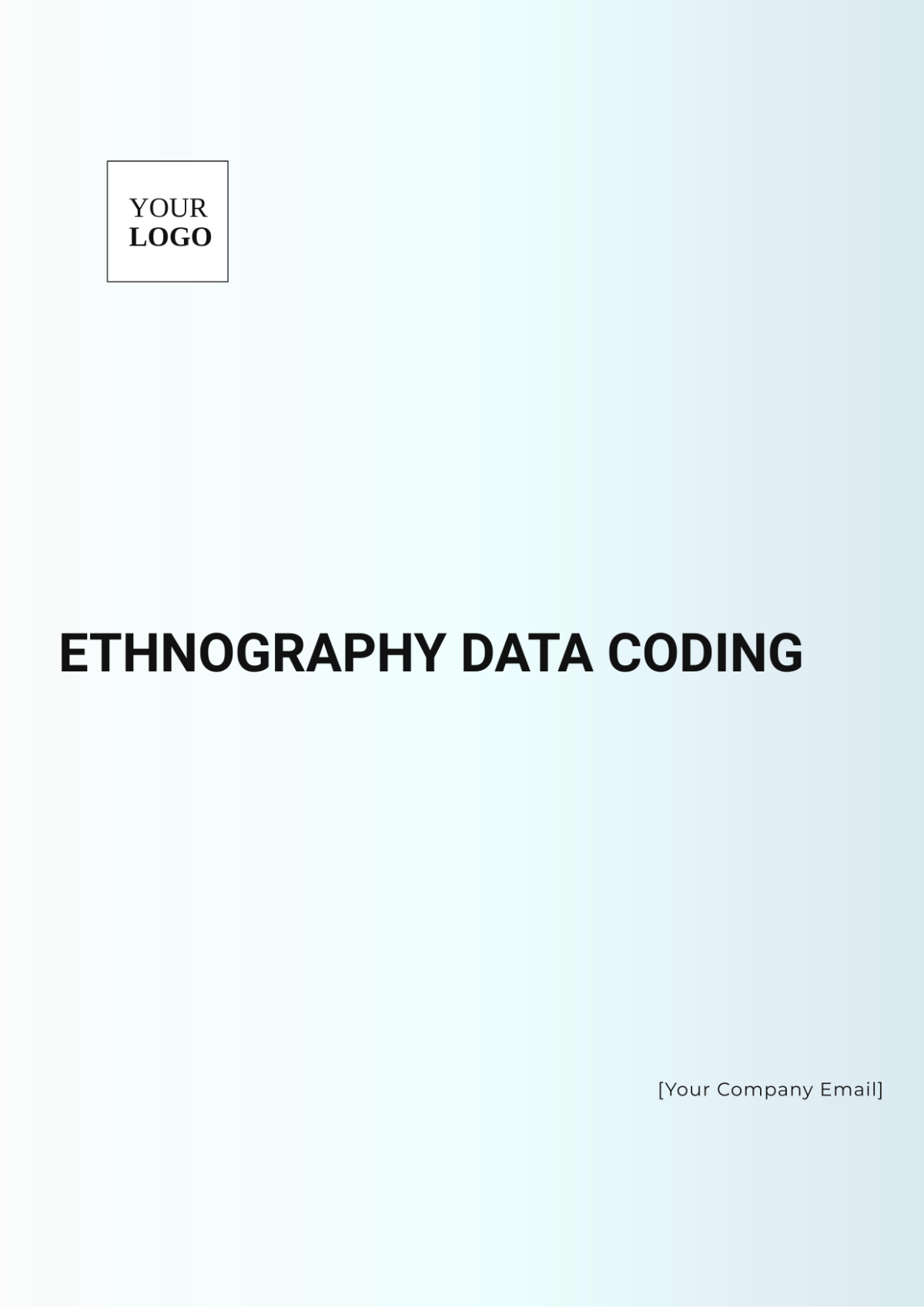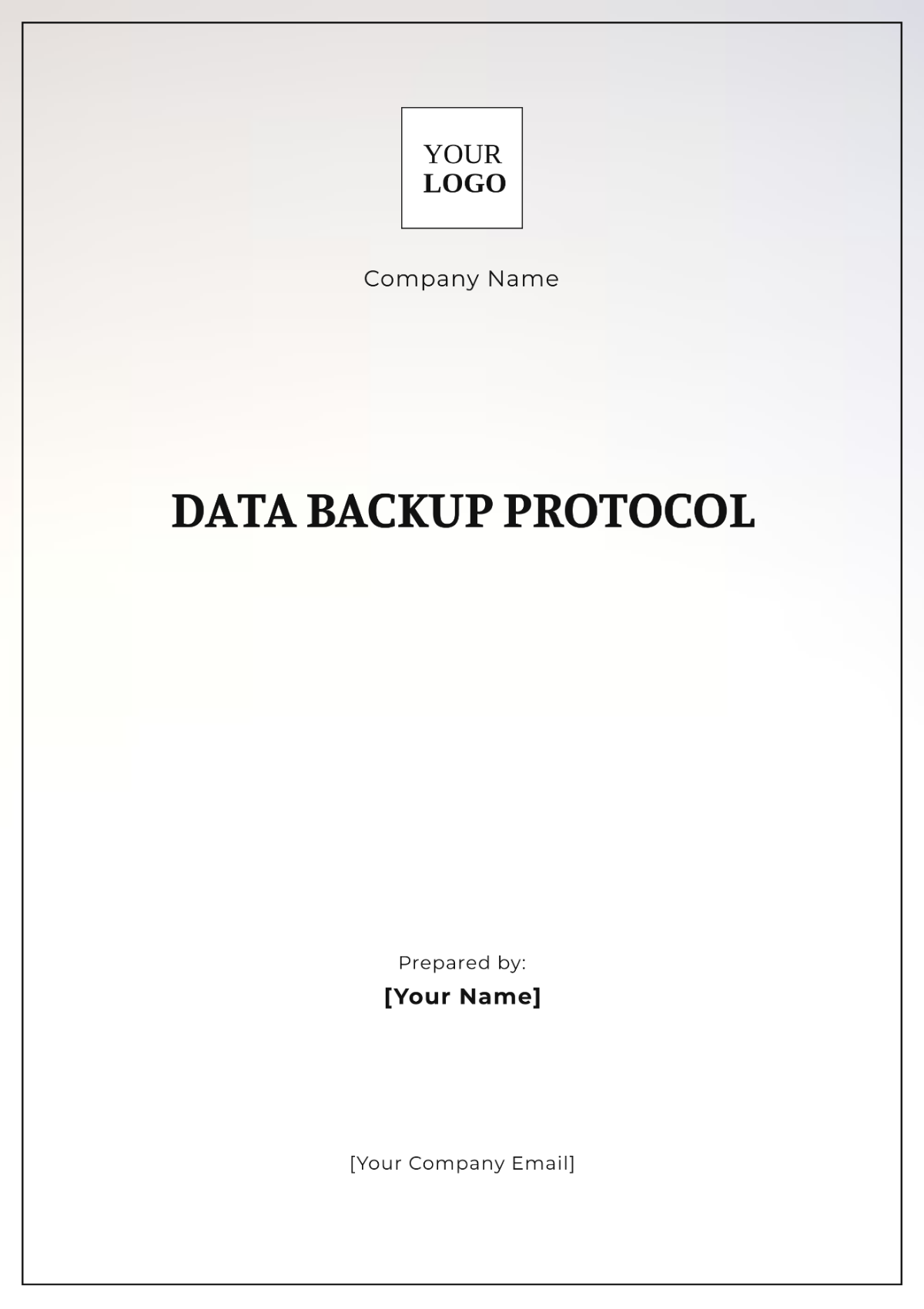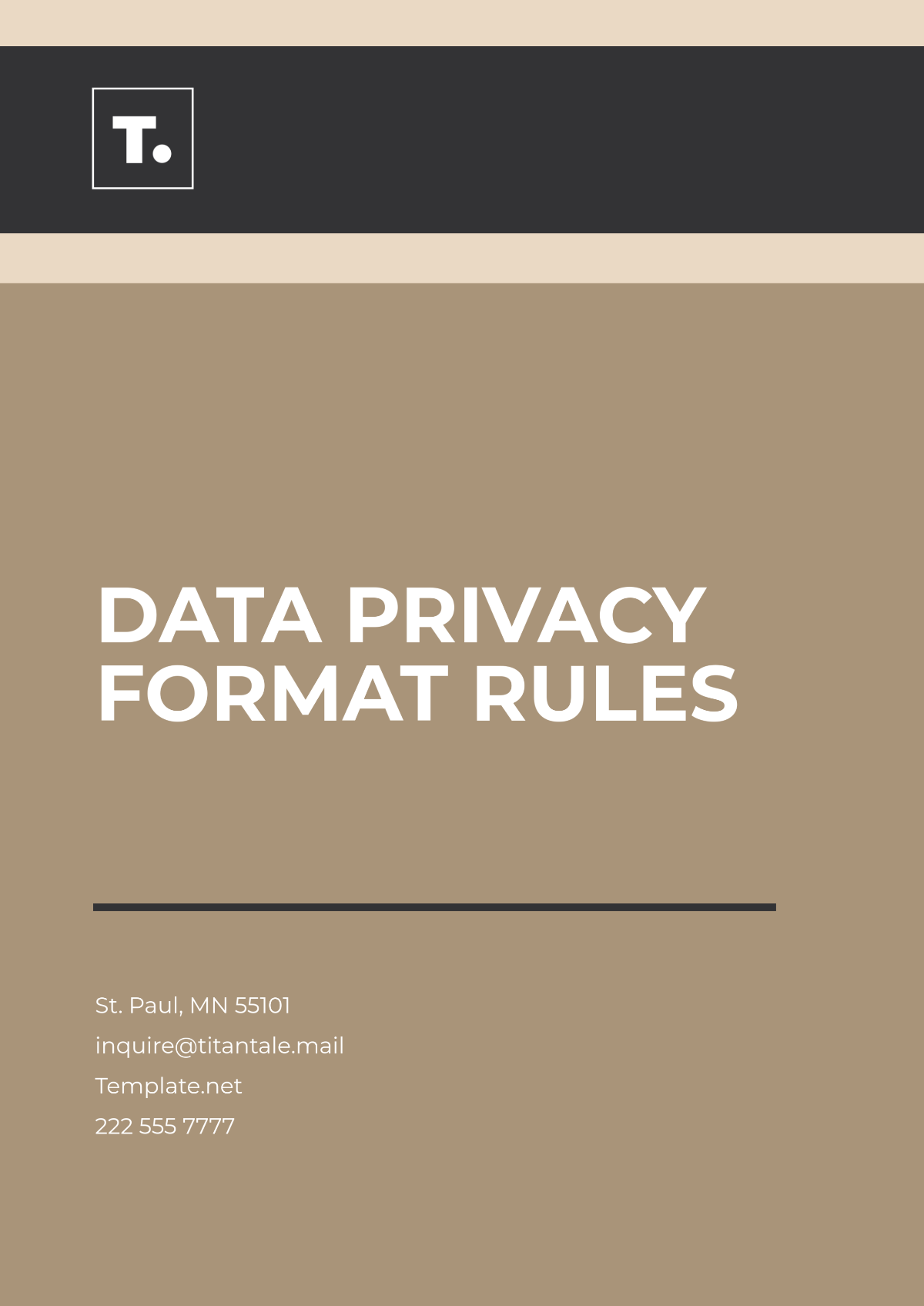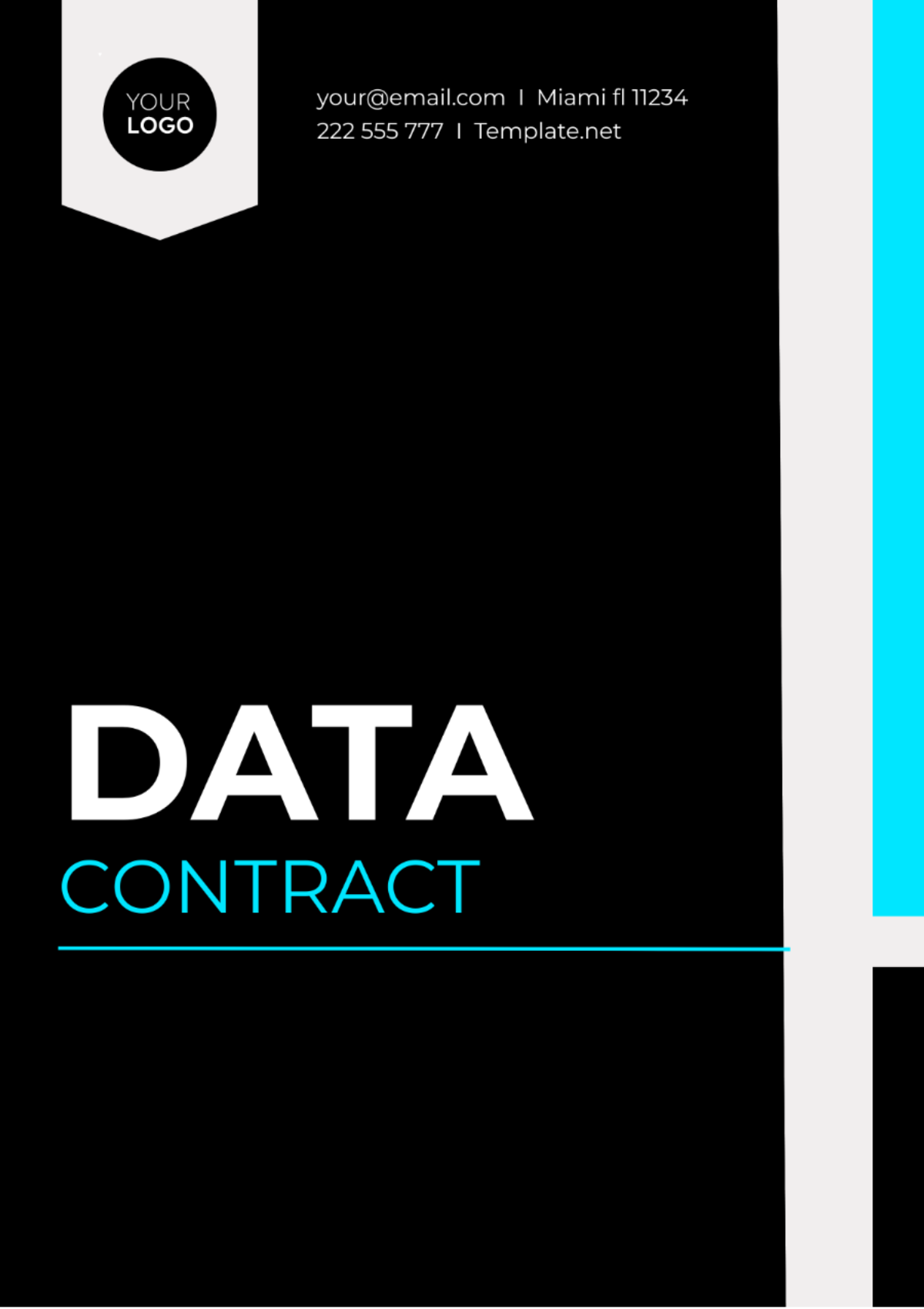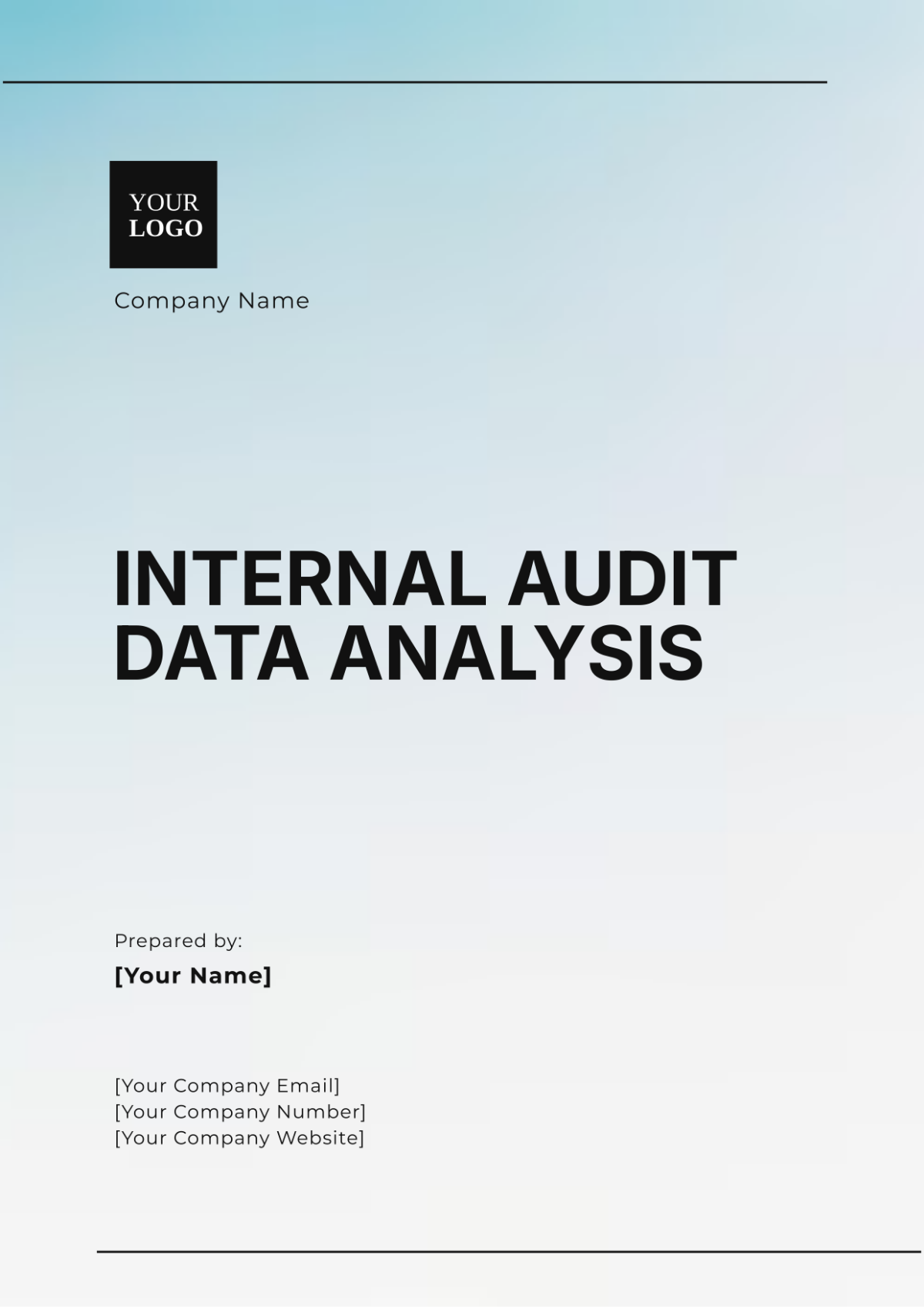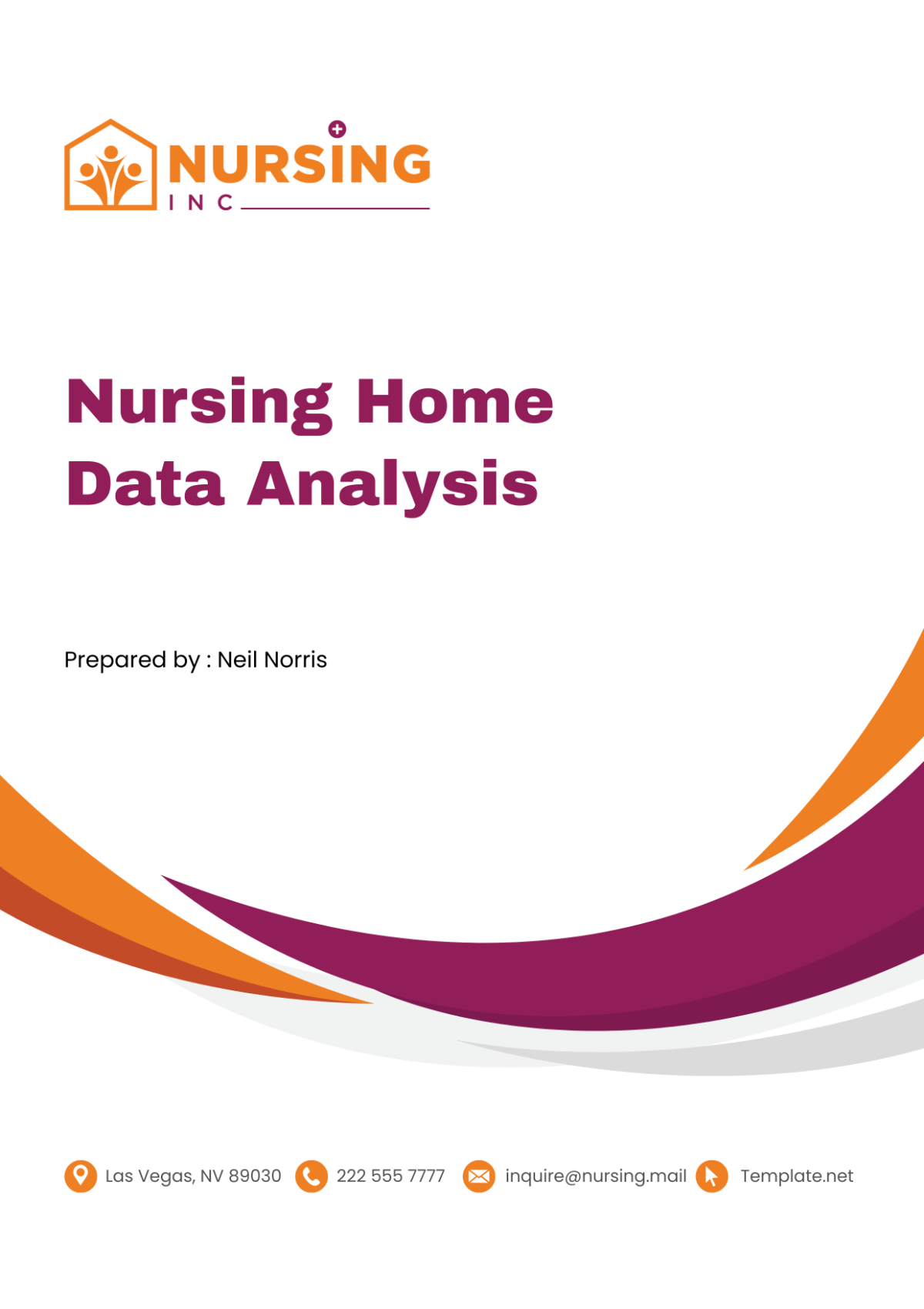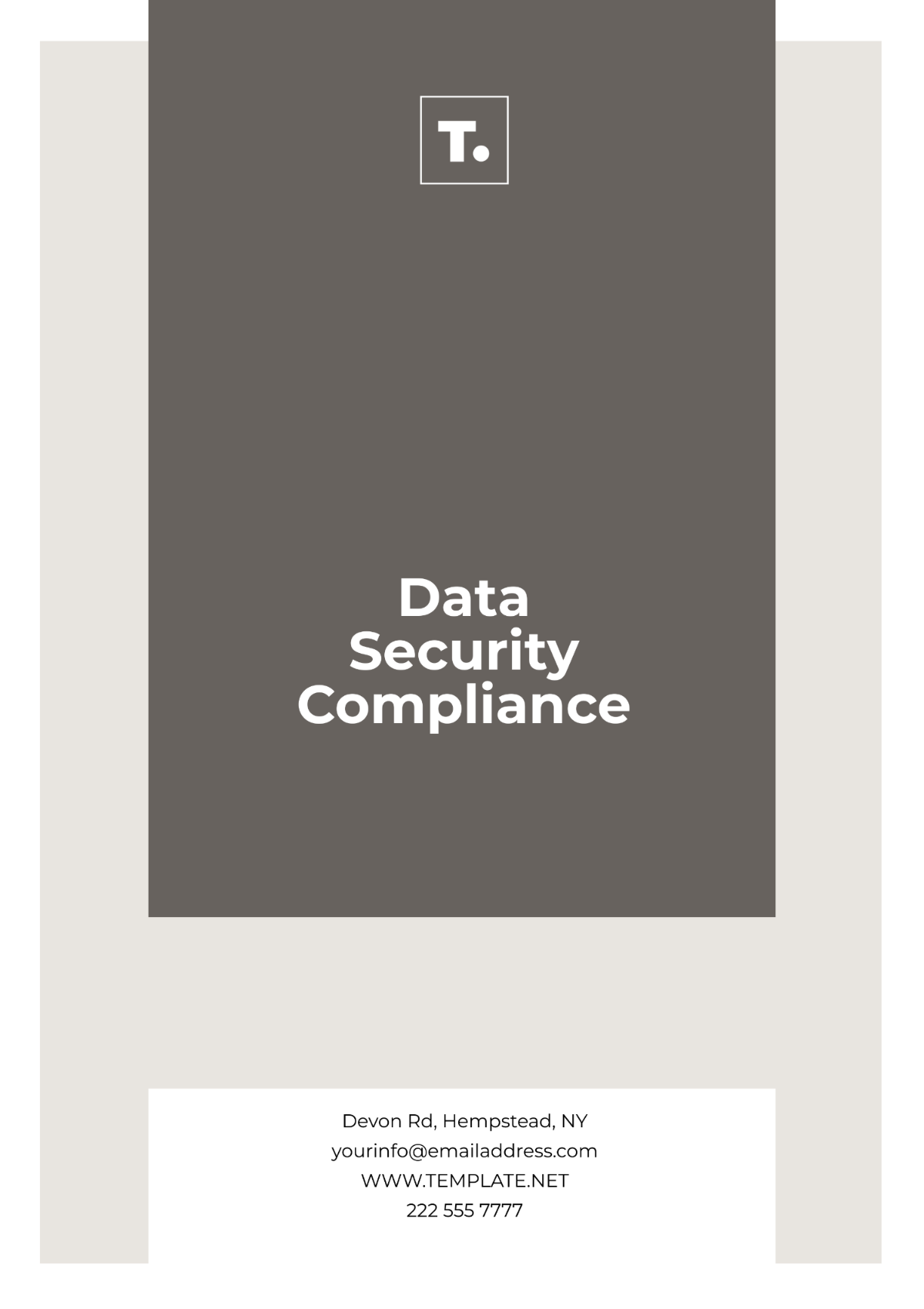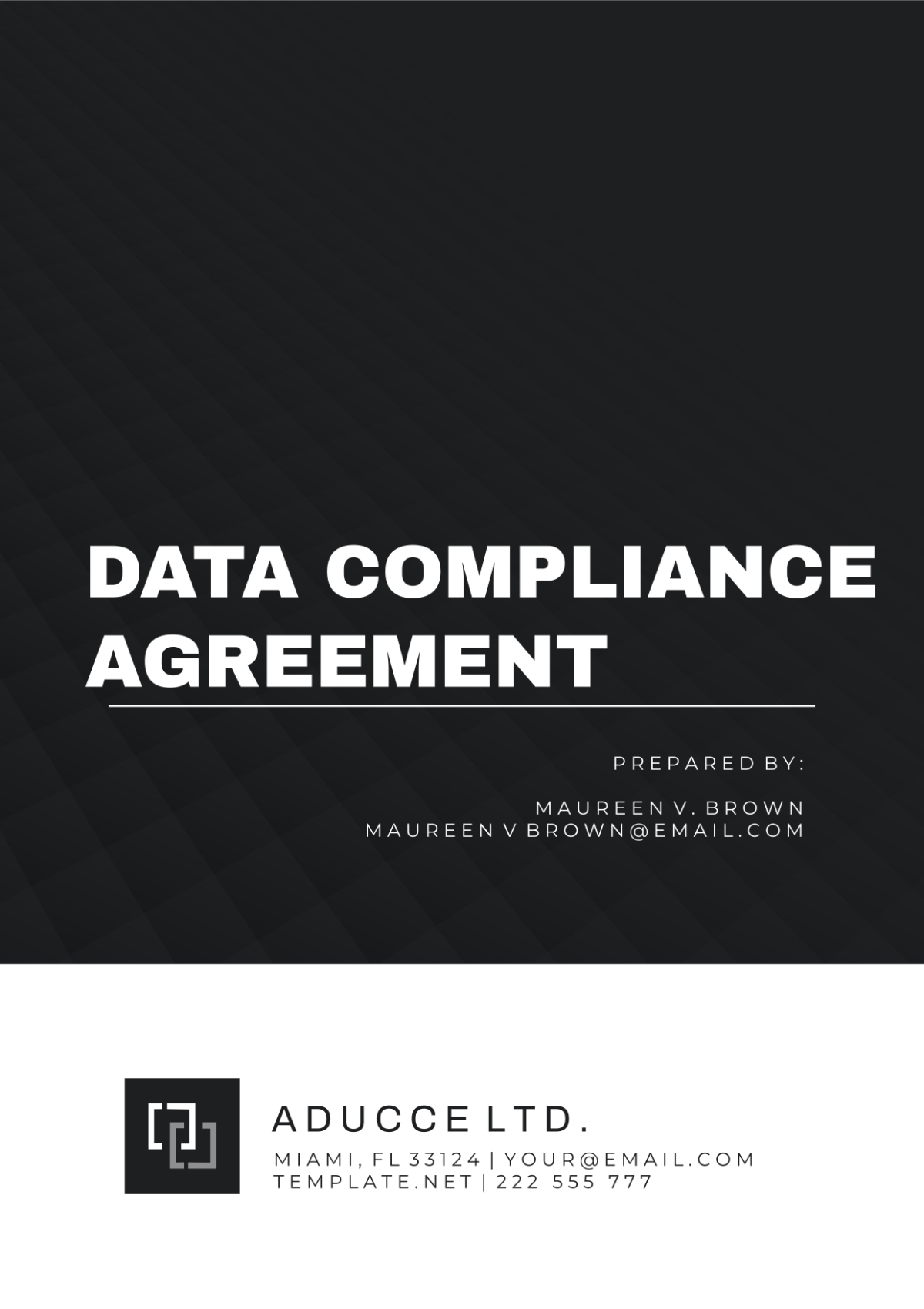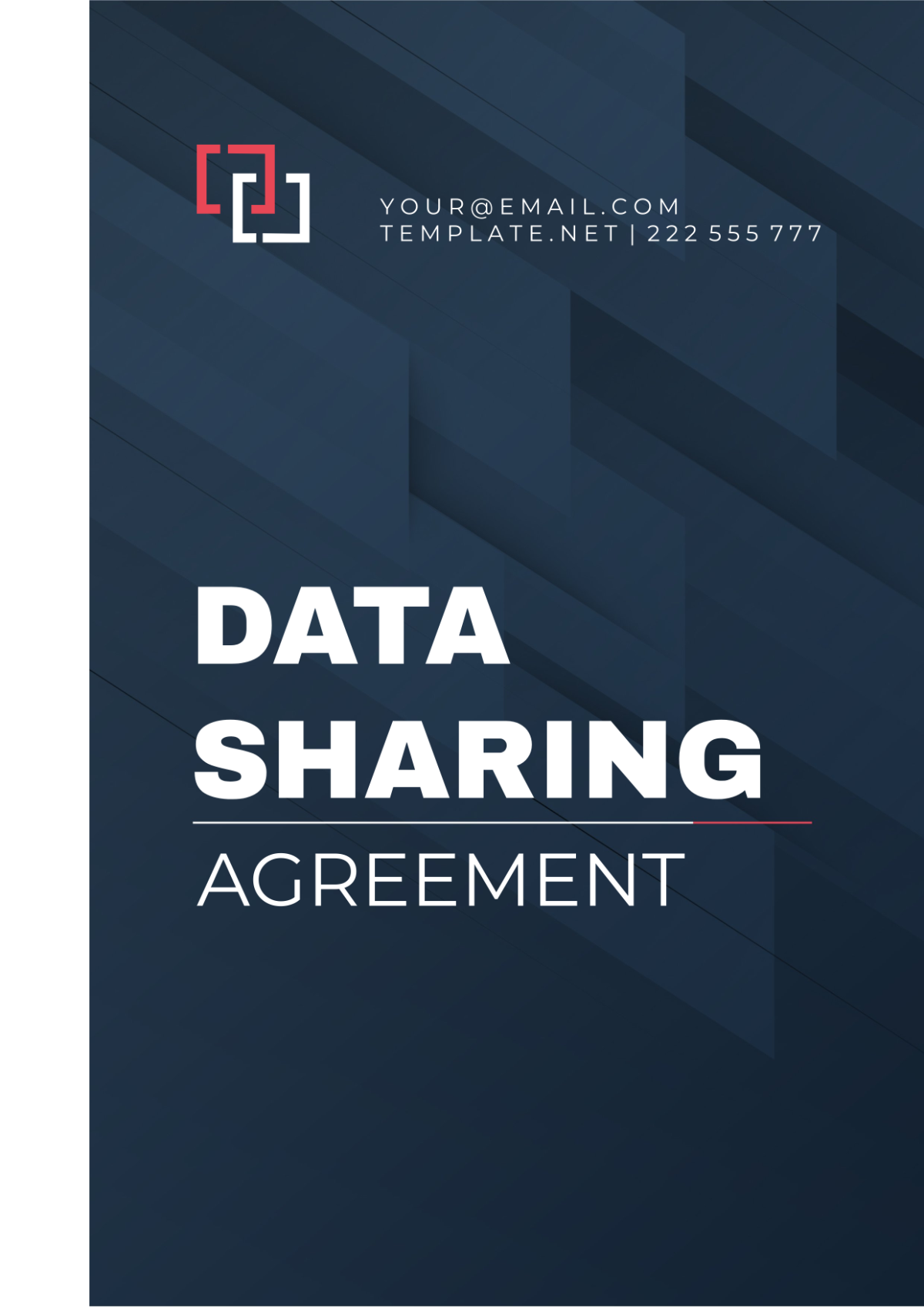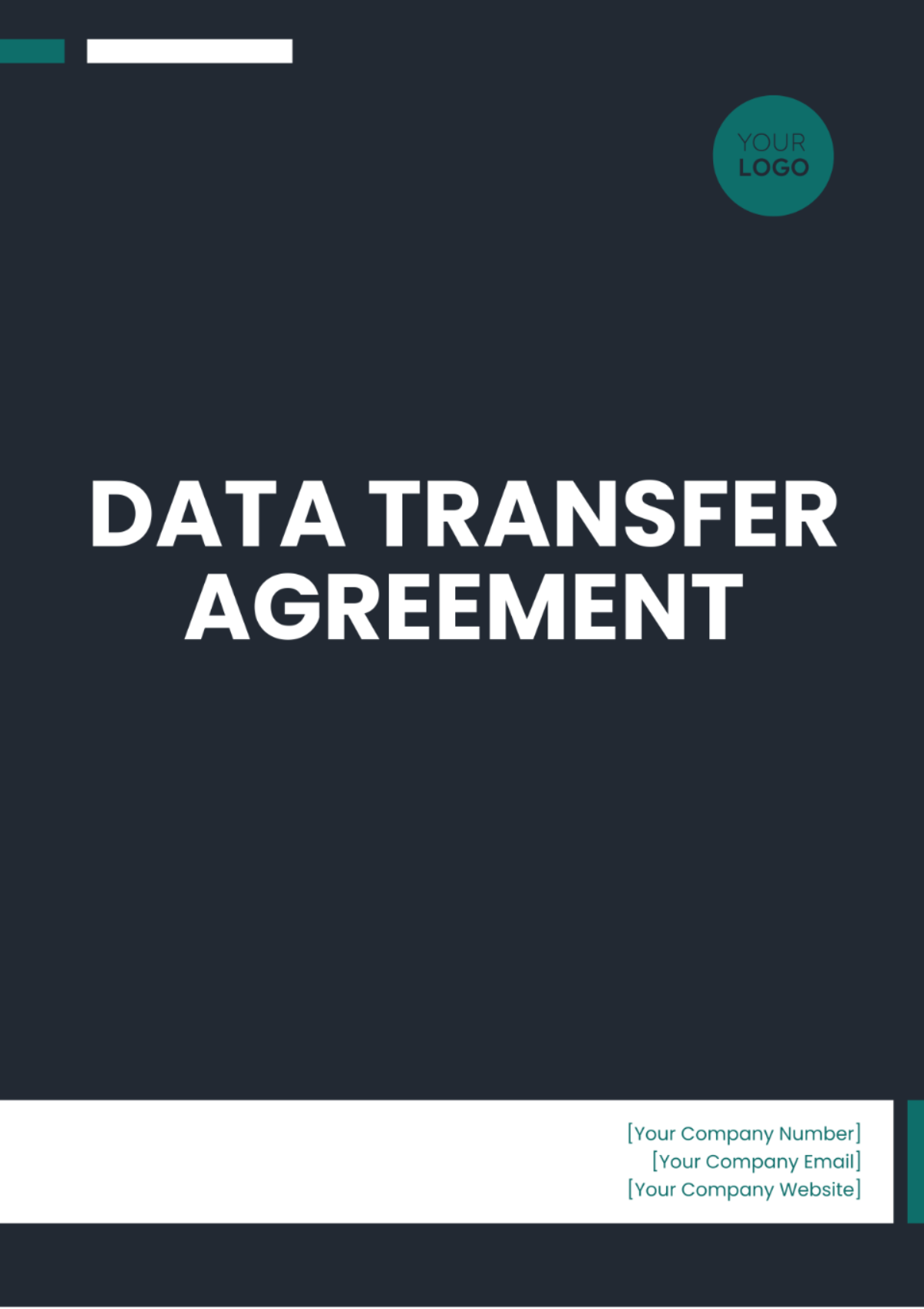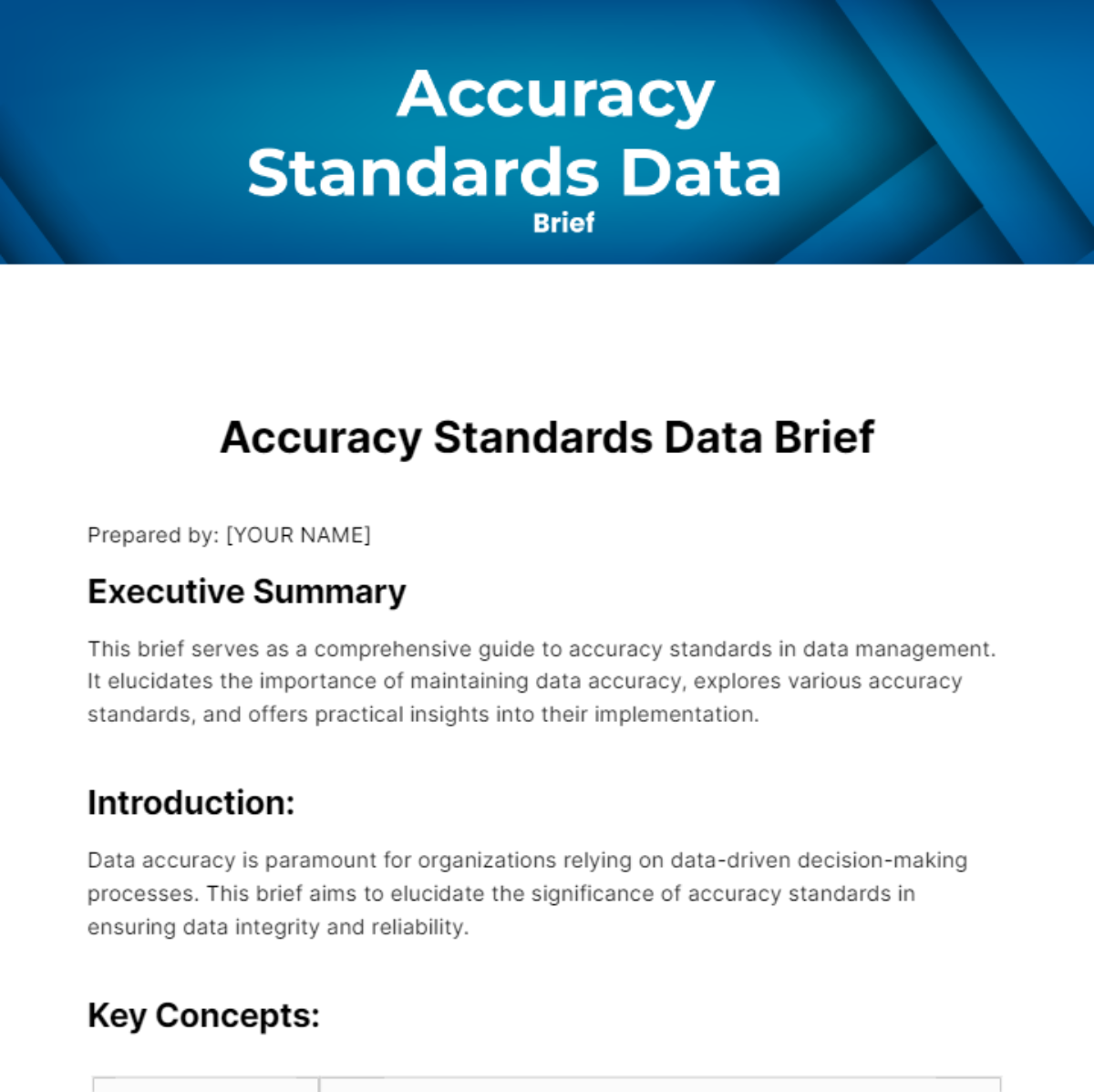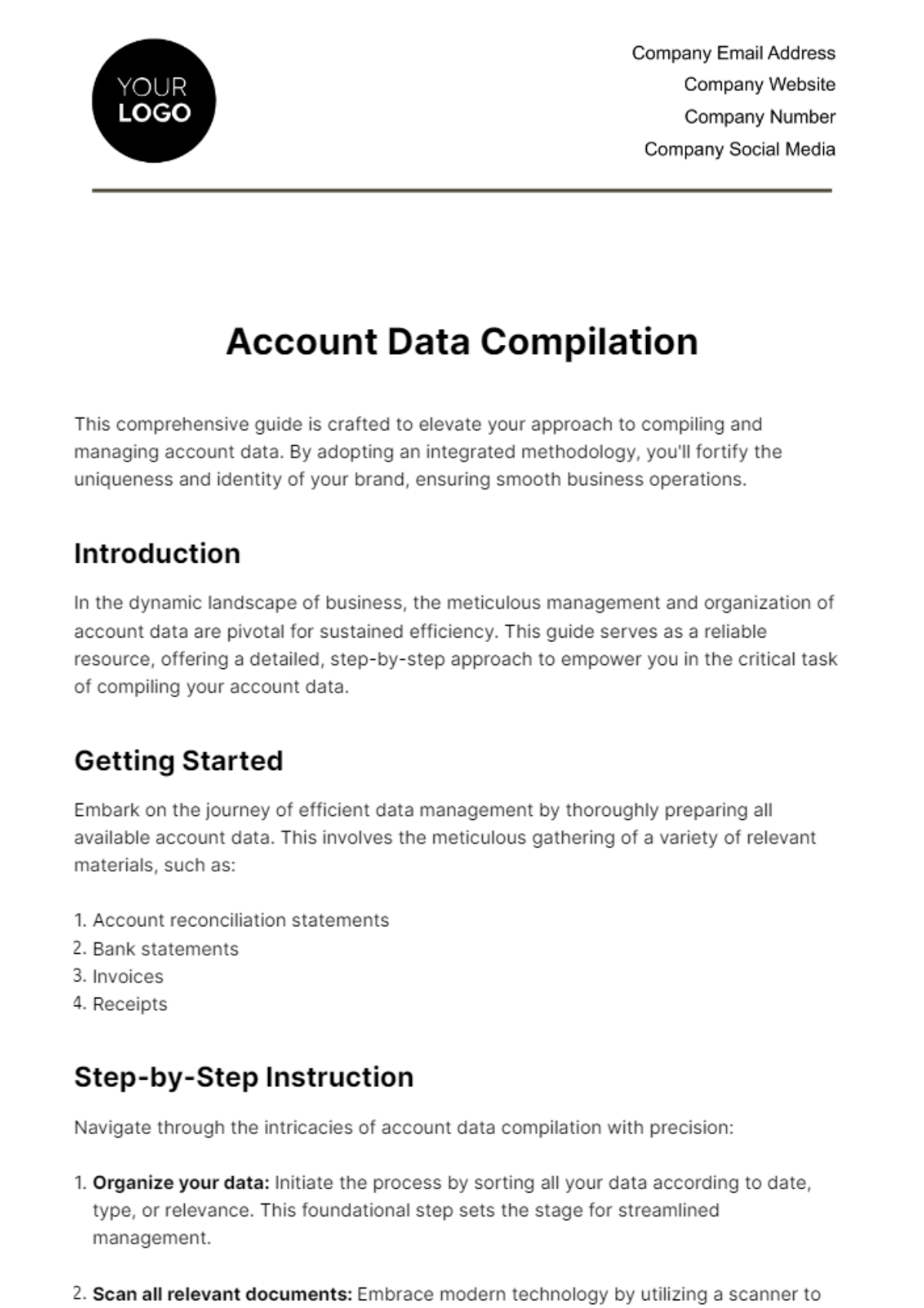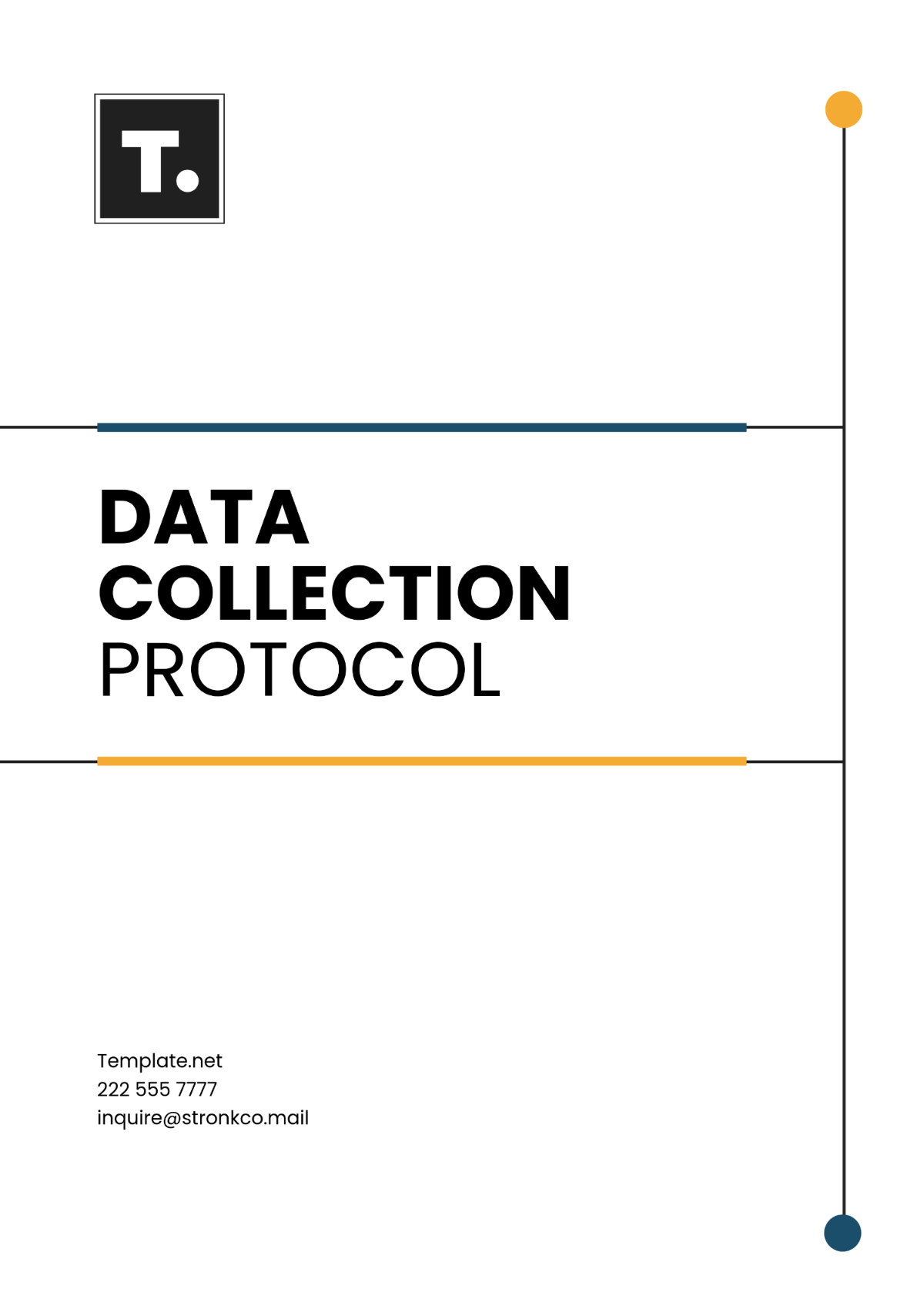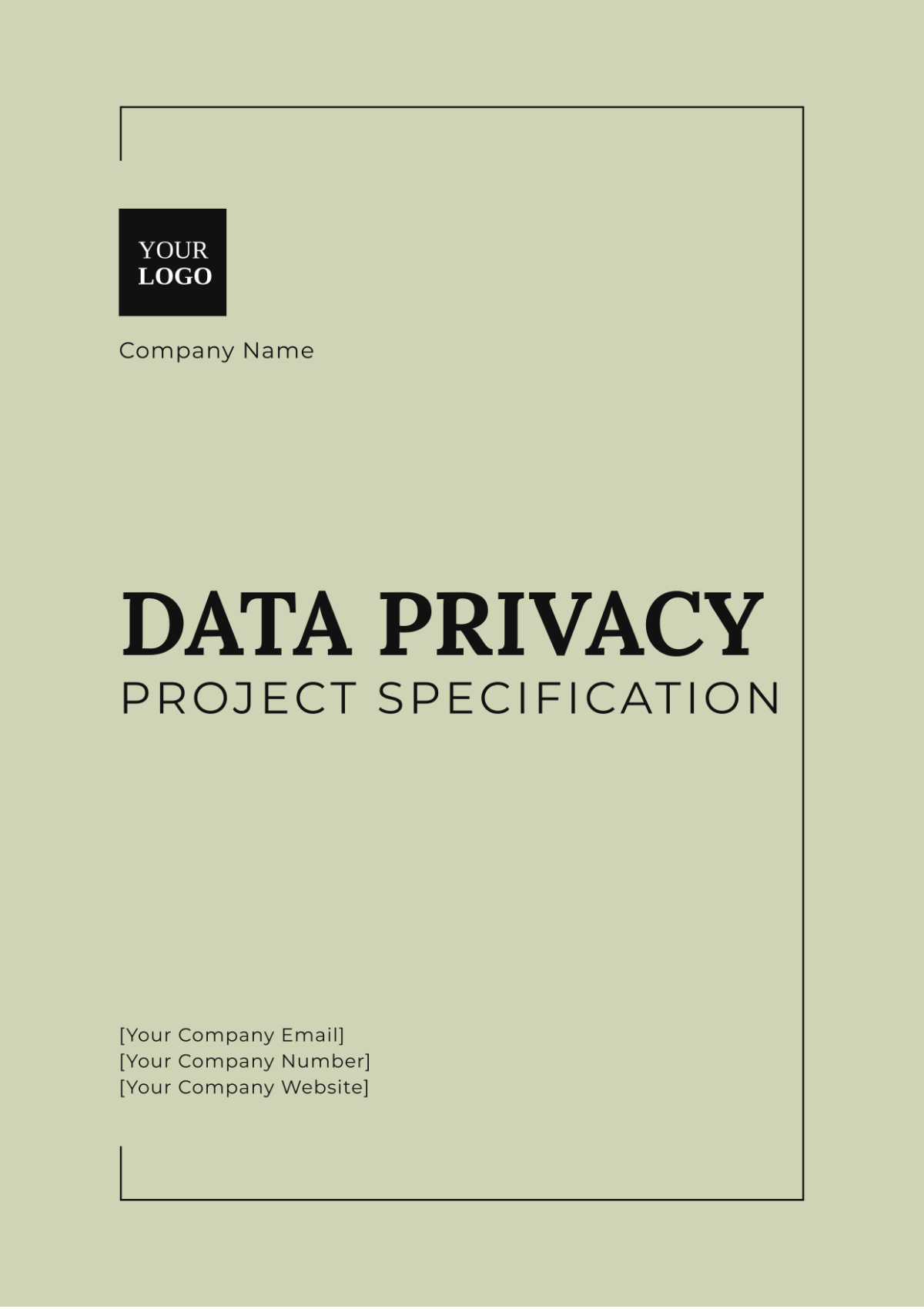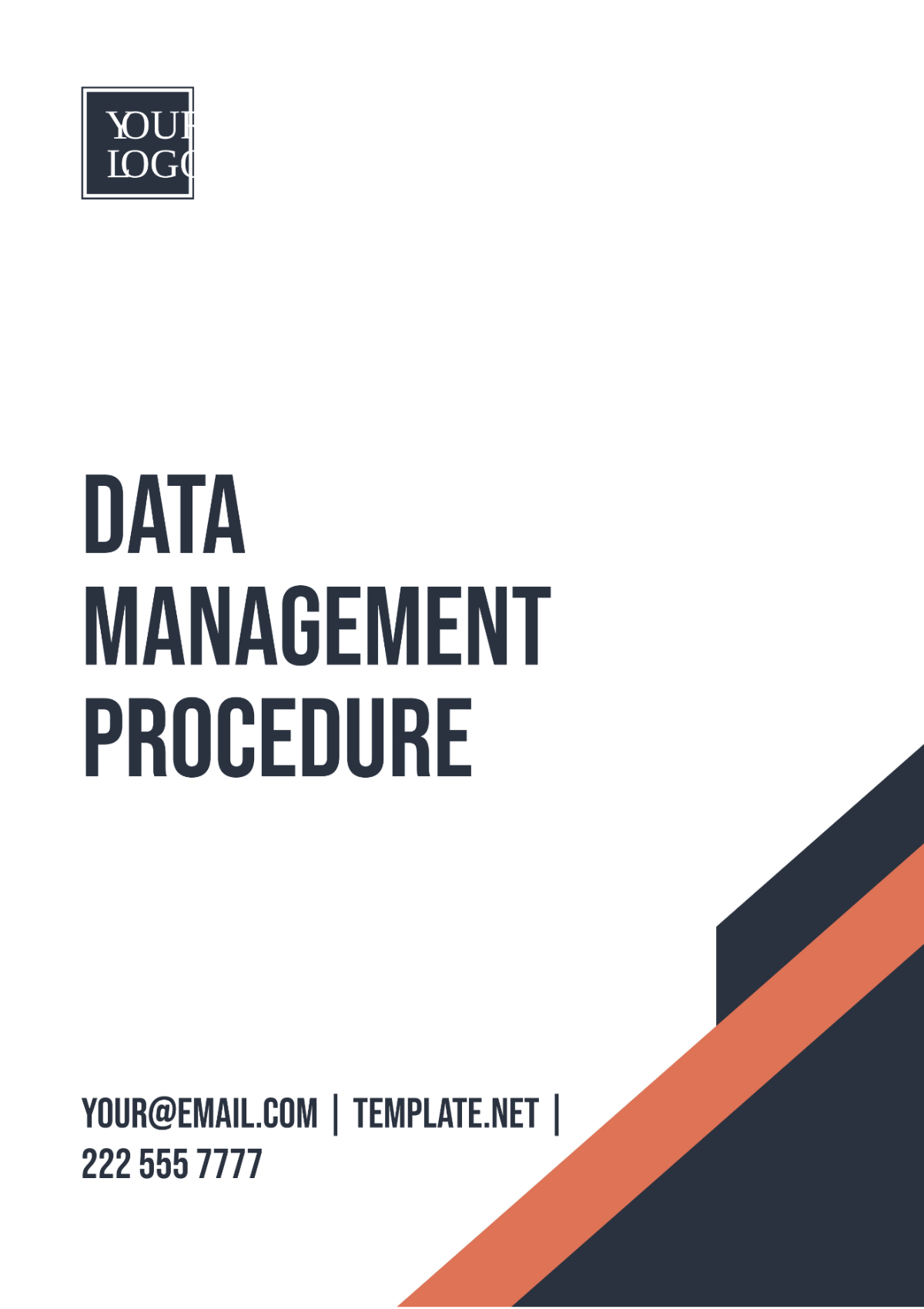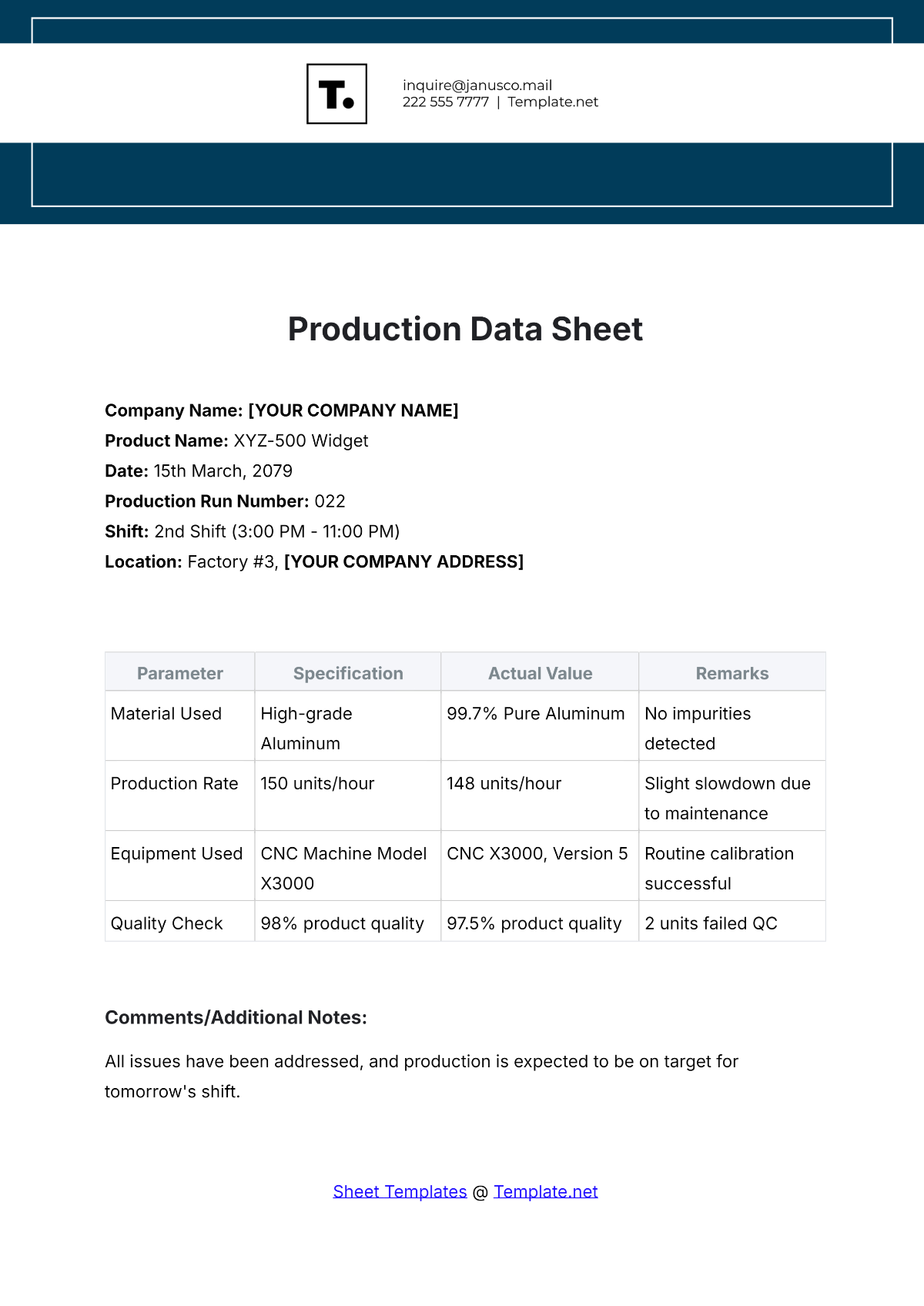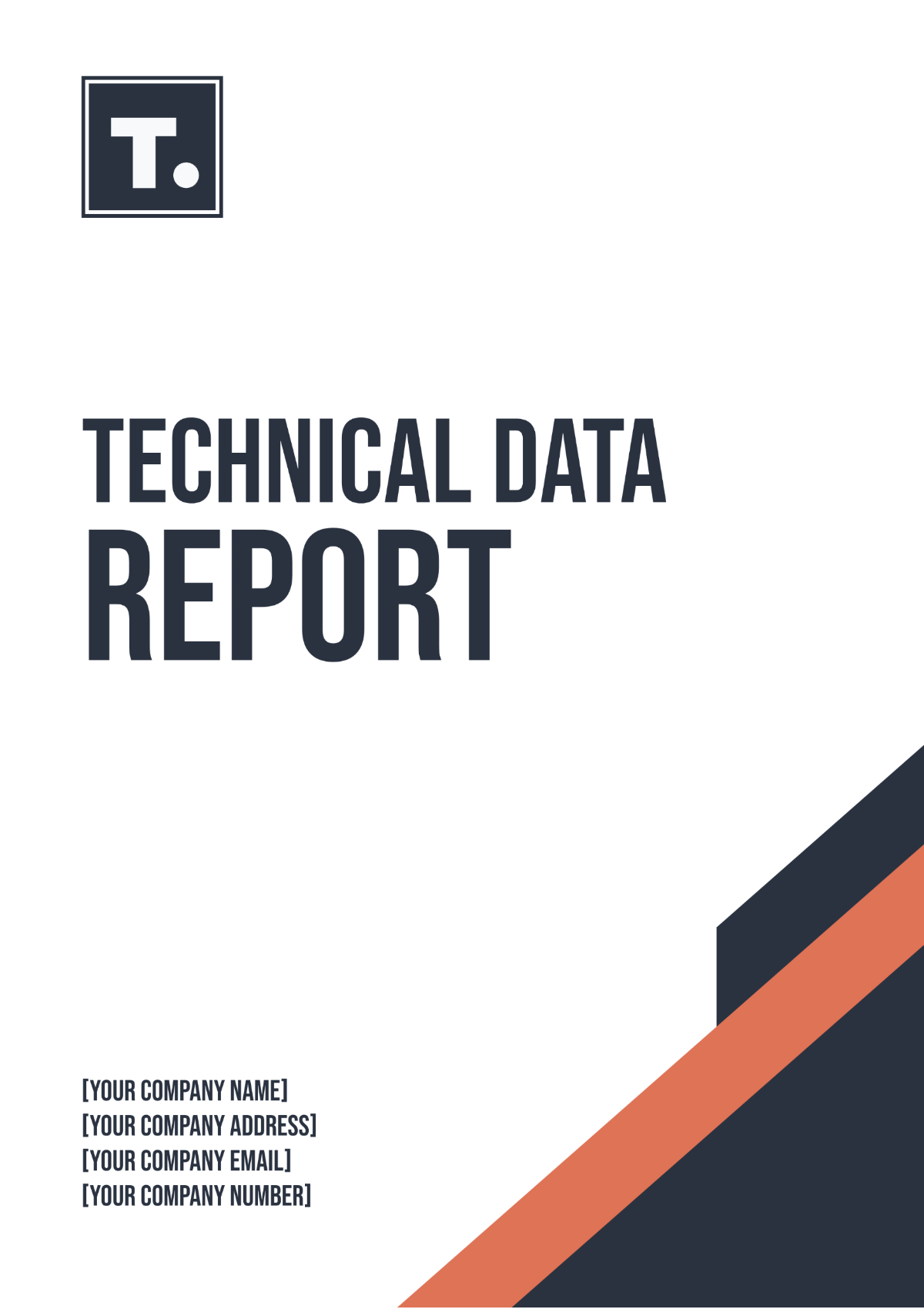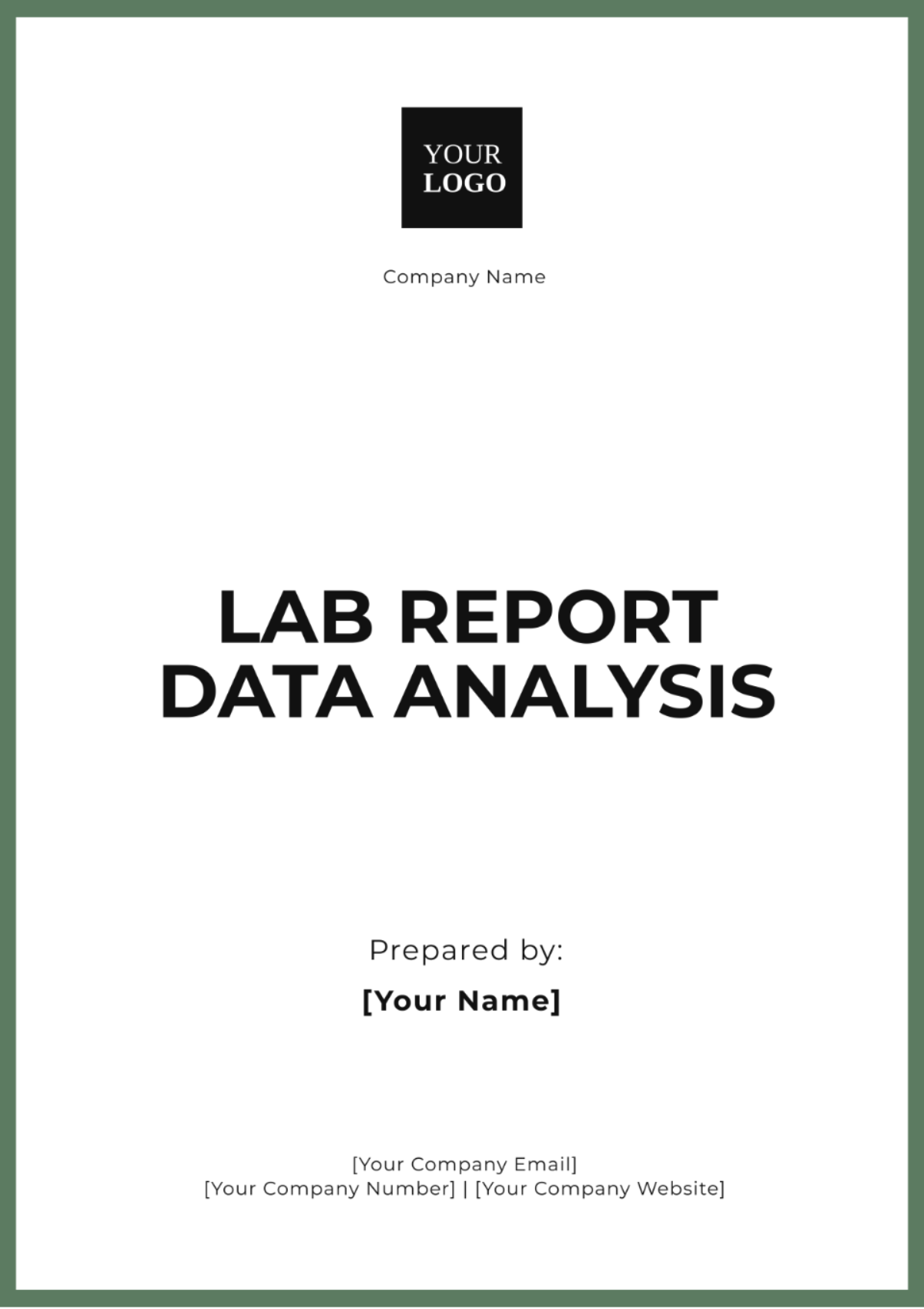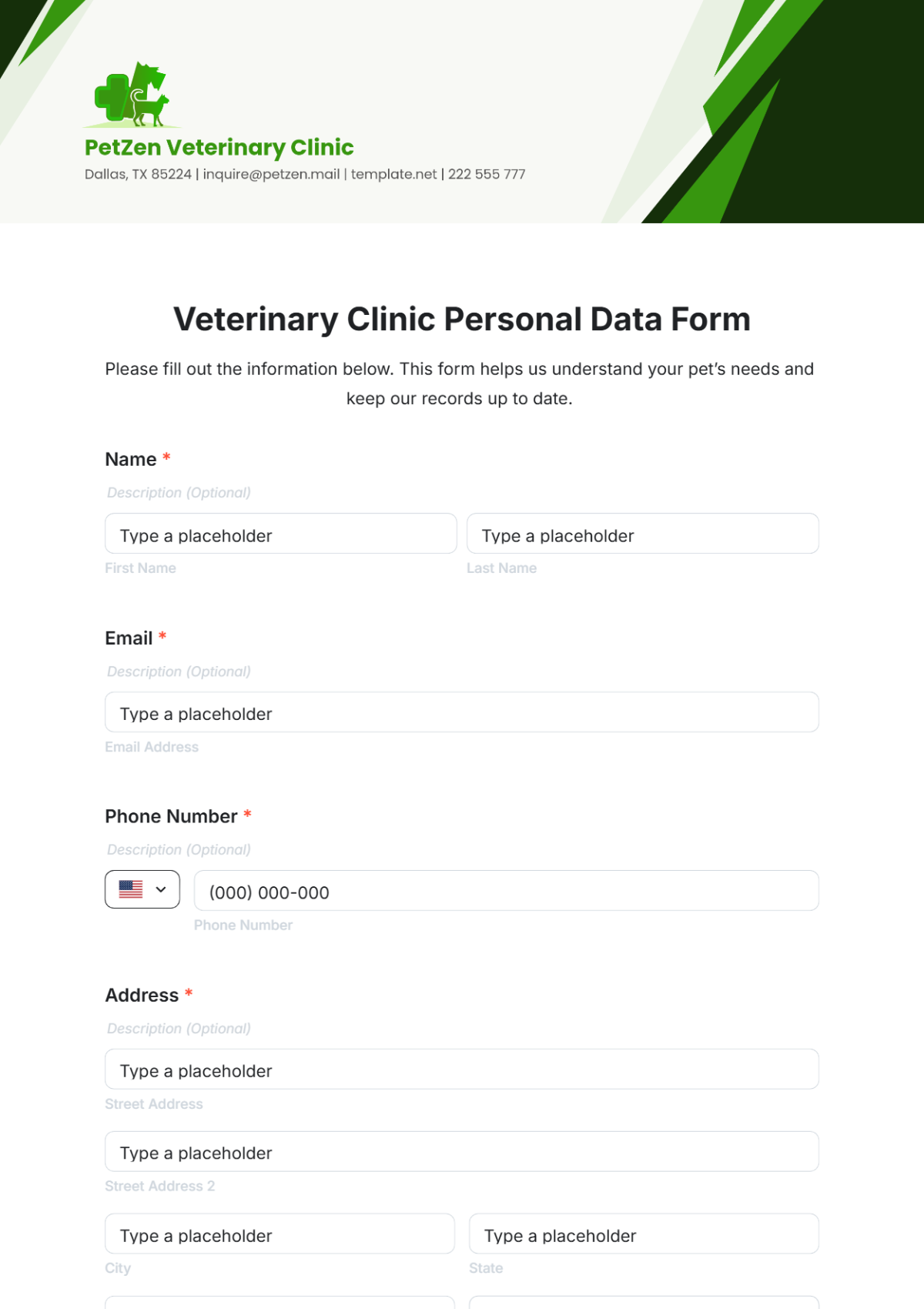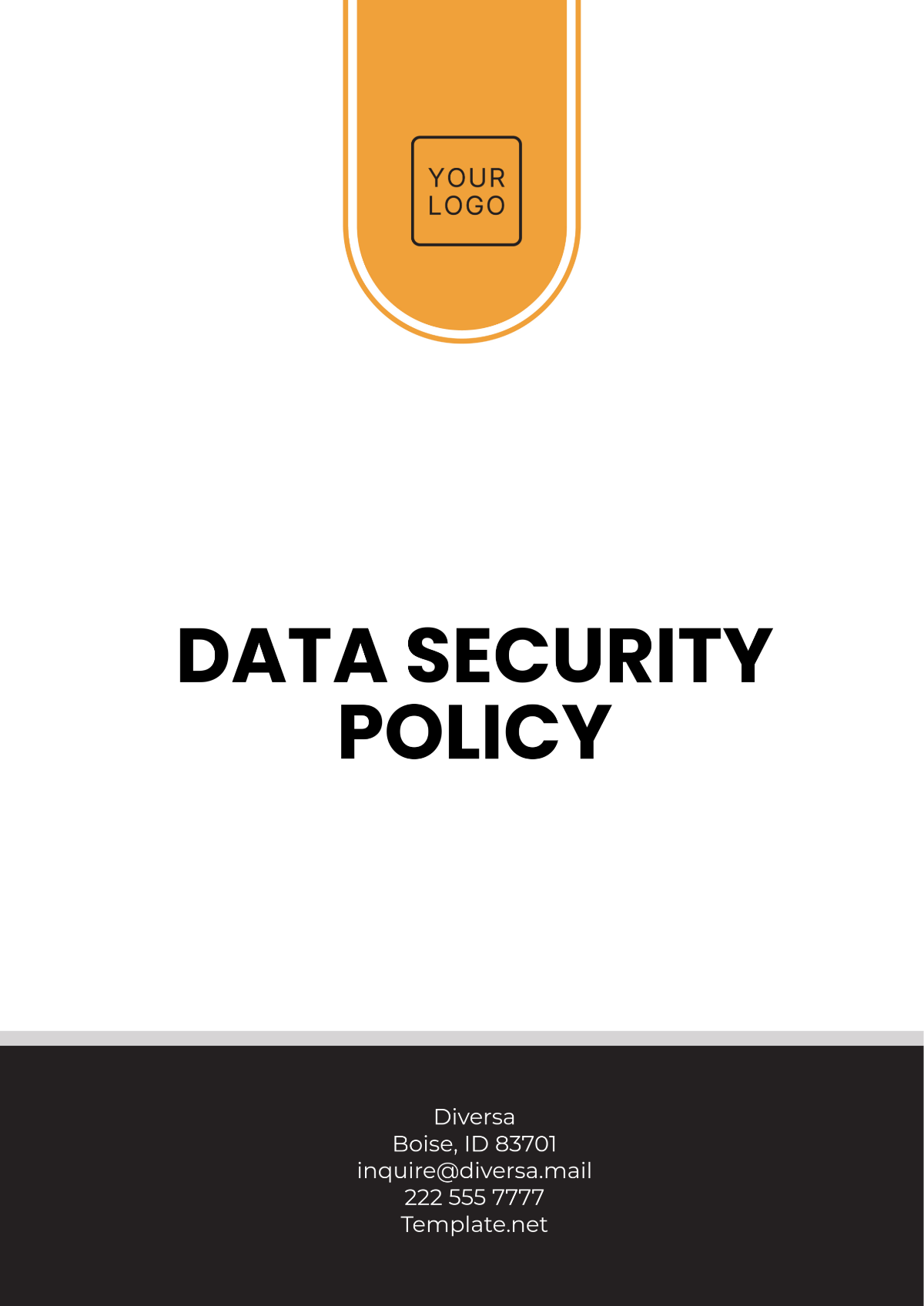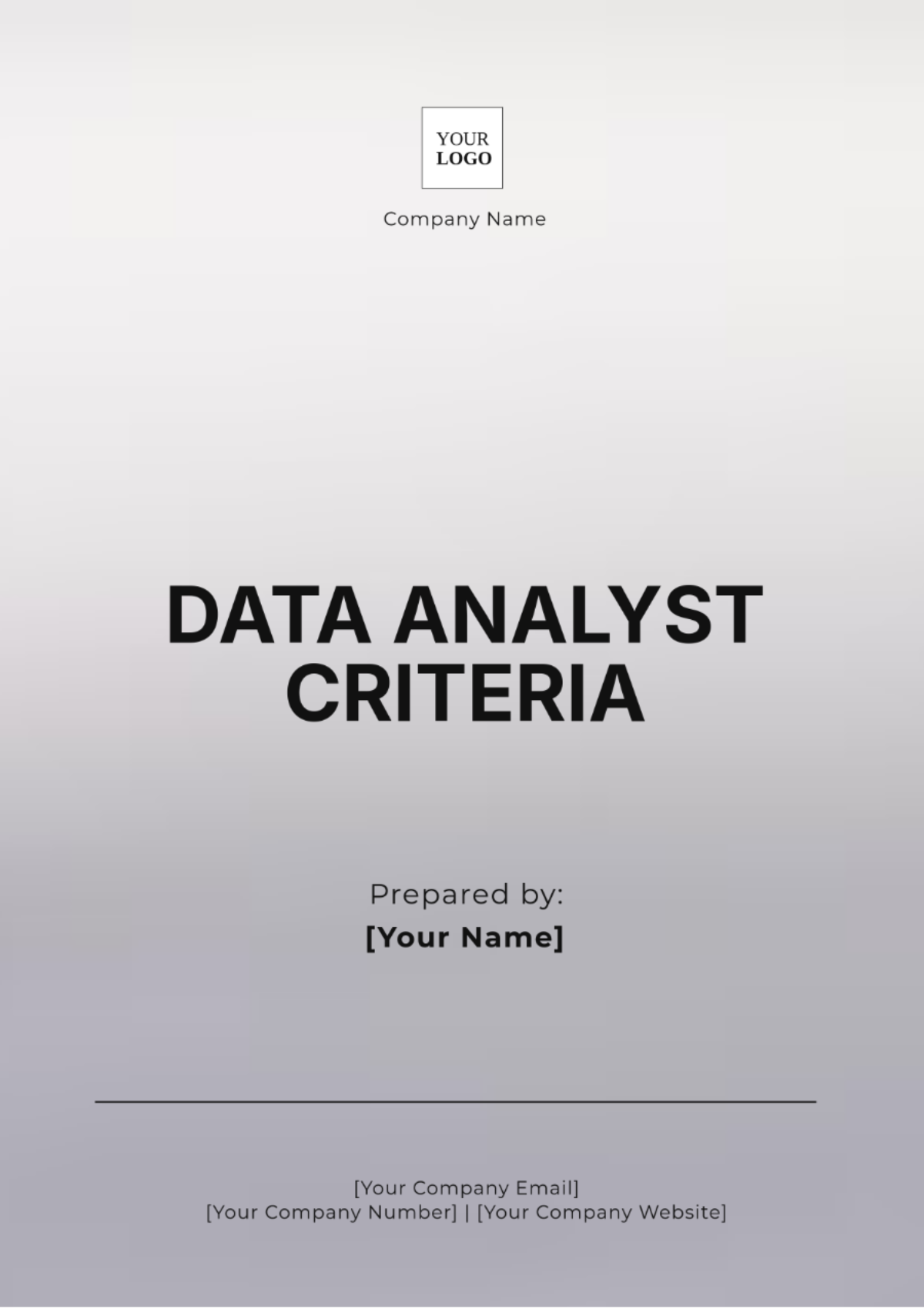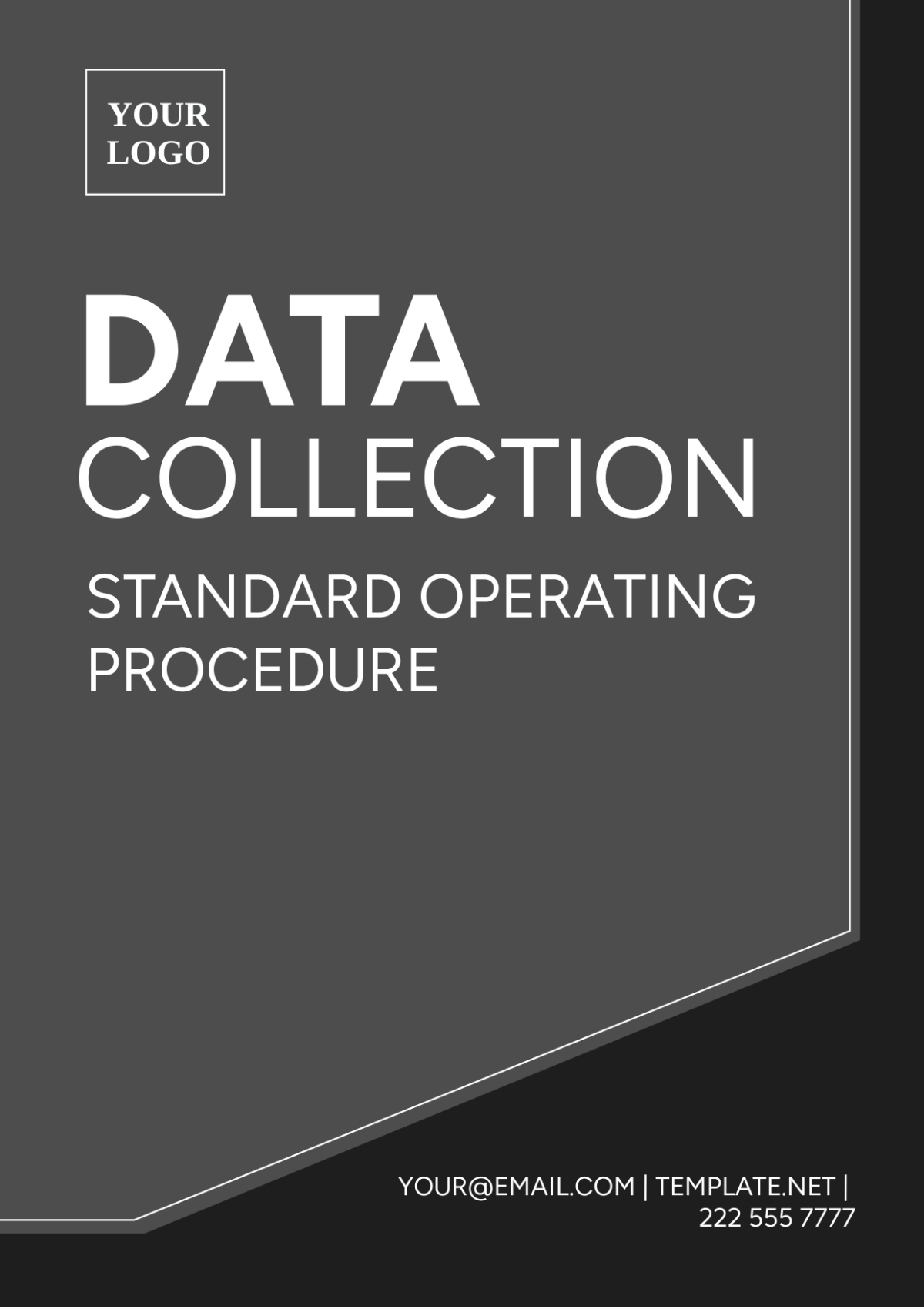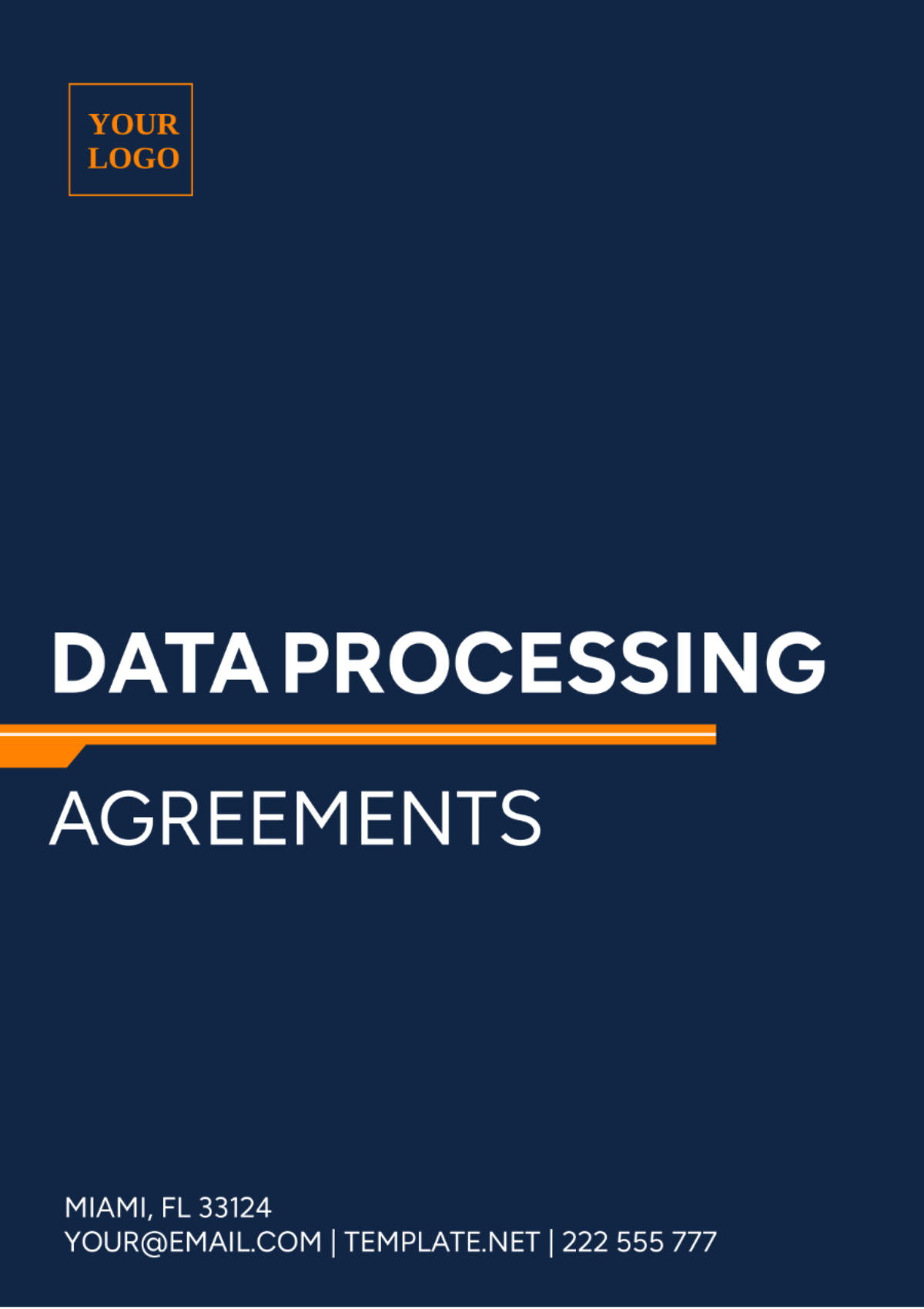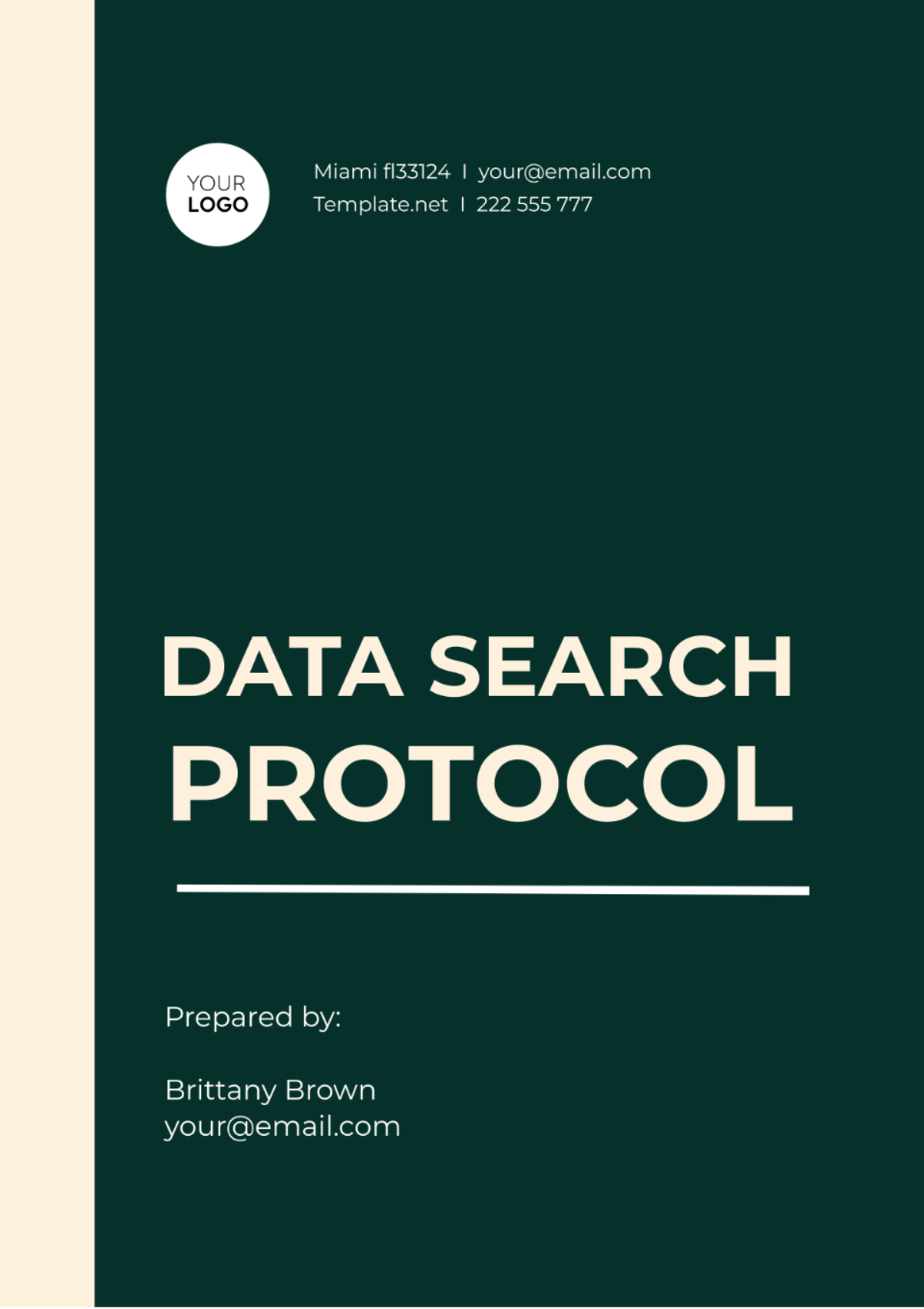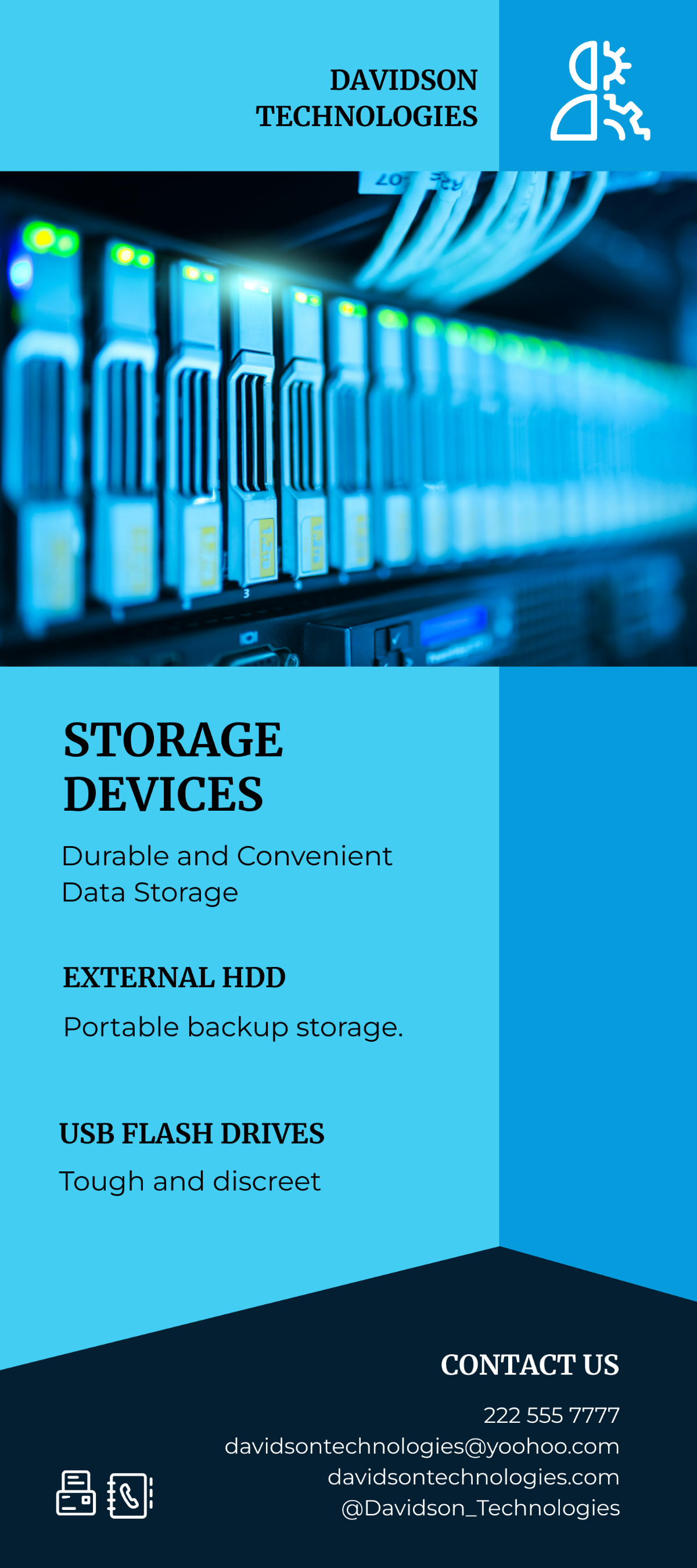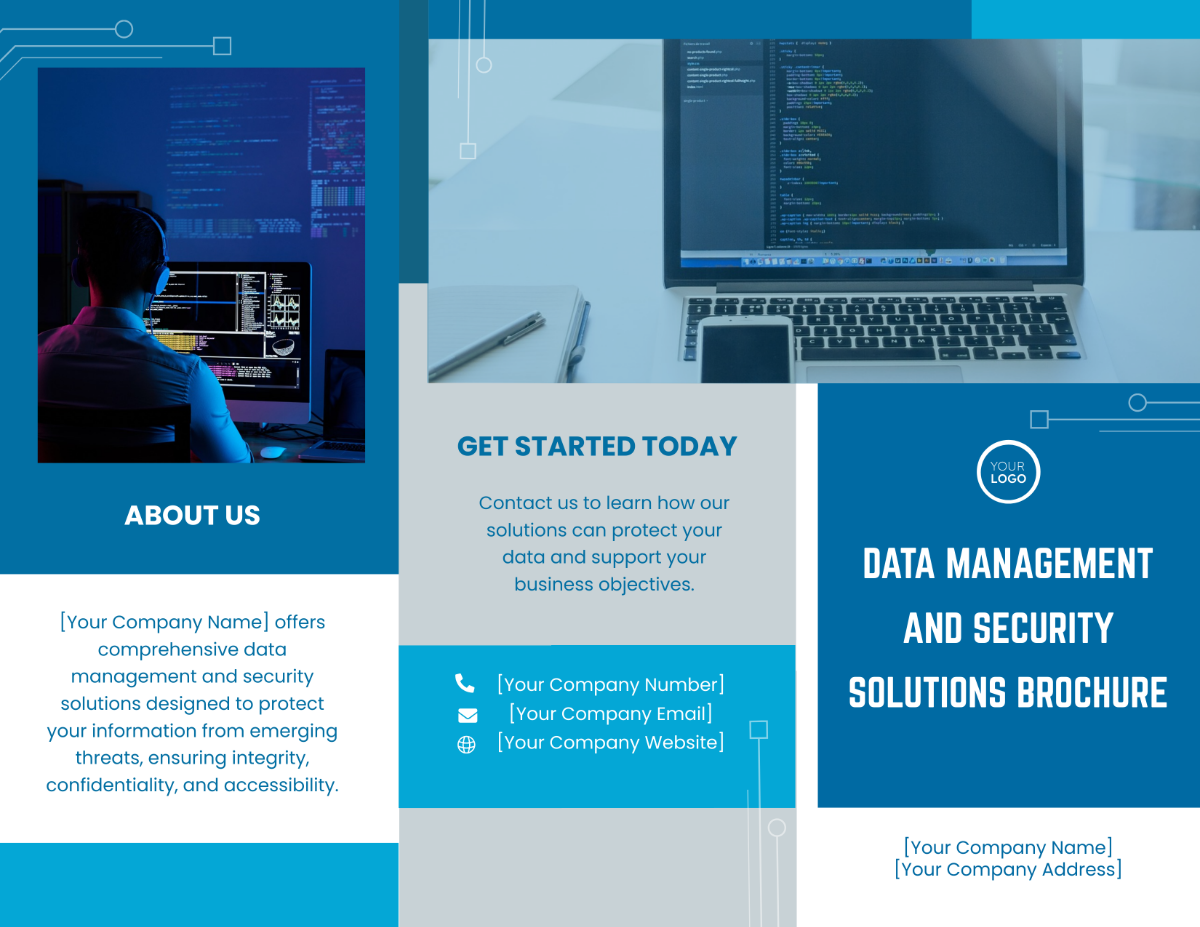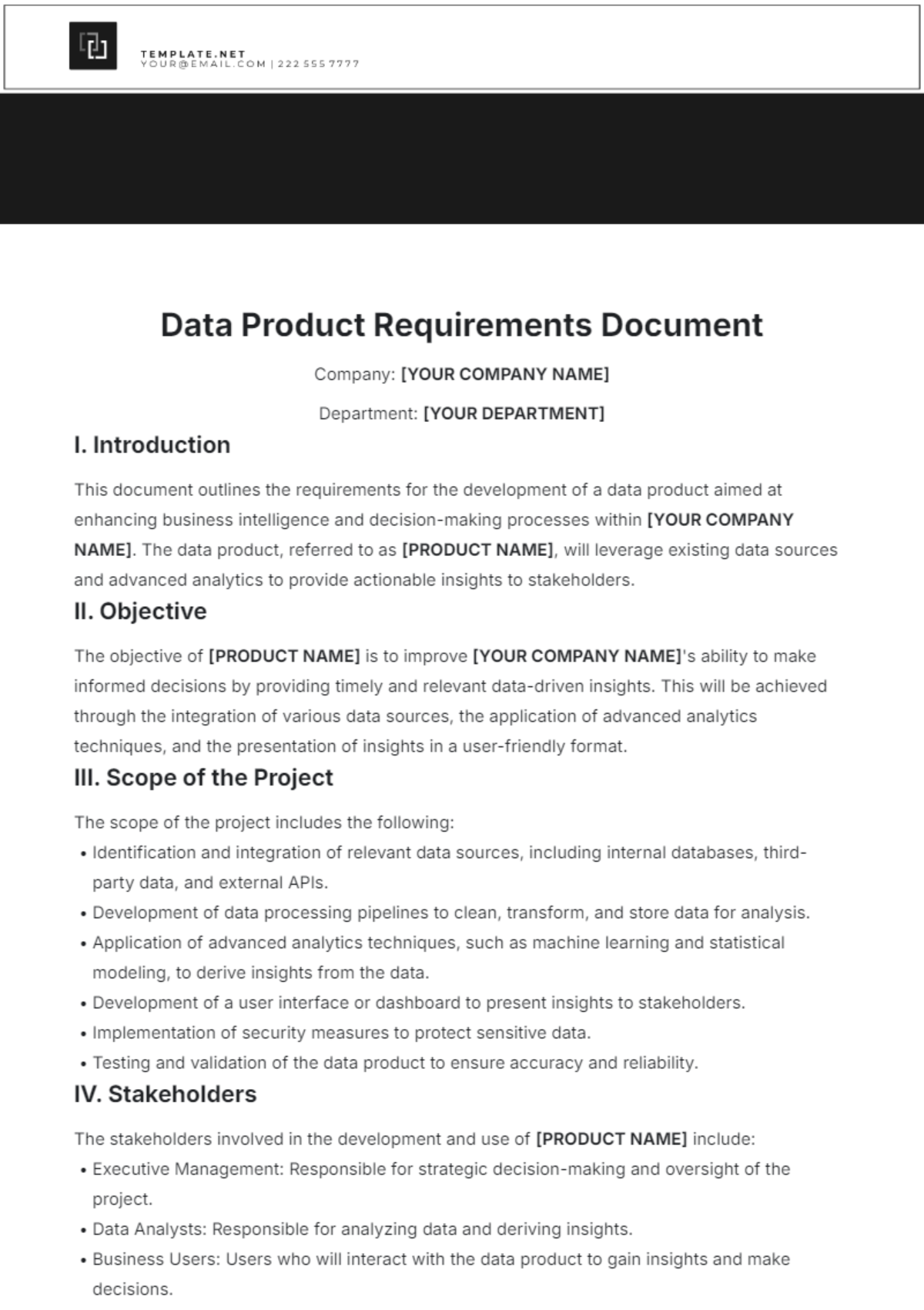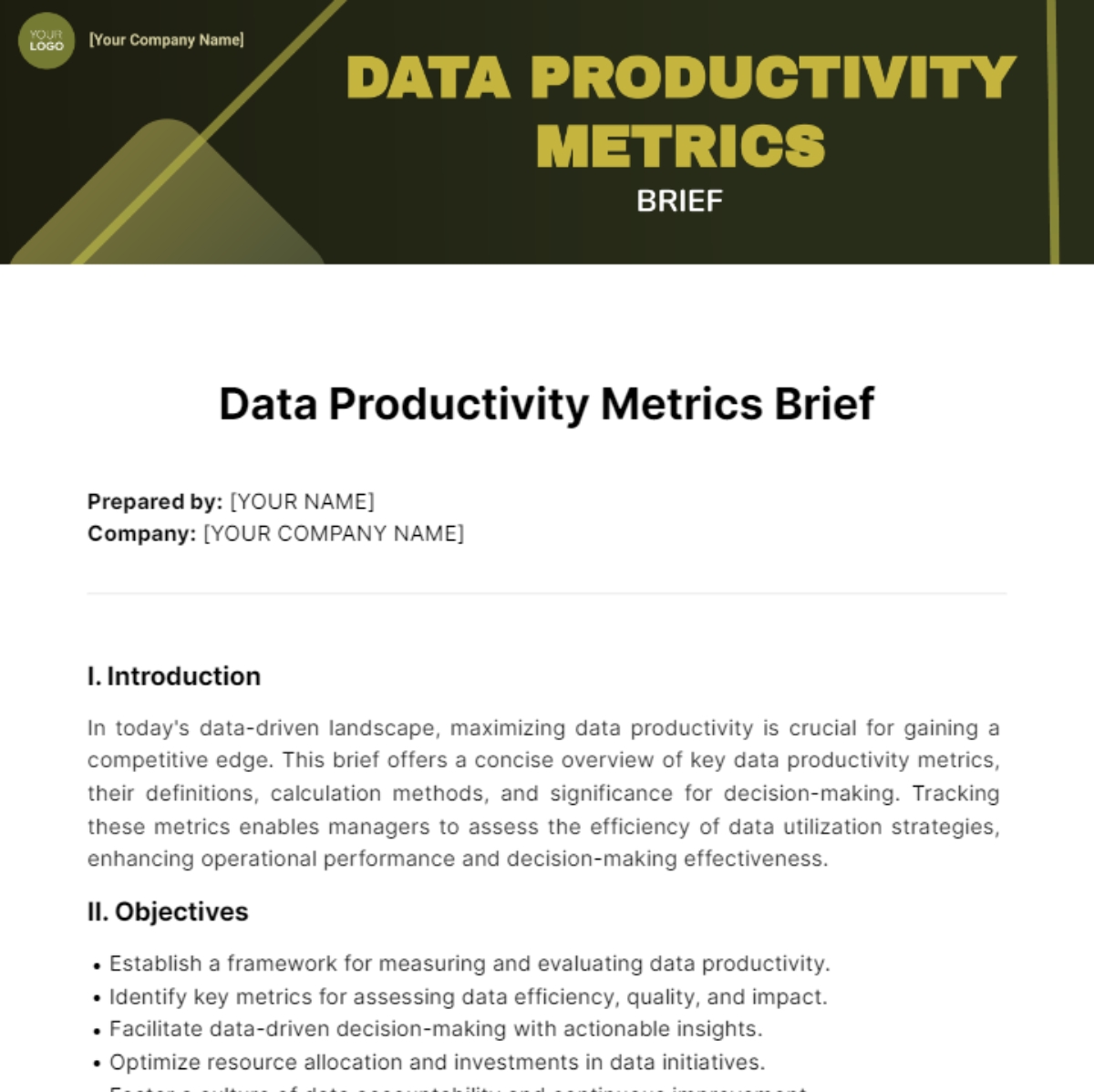Data Privacy Project Specification
Prepared by: [Your Name]
Date: [Date]
I. Introduction
This document provides a detailed overview of the Data Privacy Project designed to ensure the protection and confidentiality of data within our organization. The primary objective of this initiative is to establish a robust framework for the handling, storage, processing, and securing of personal and sensitive information in full compliance with prevailing data protection regulations and industry best practices. The project's success will be measured by our ability to safeguard data against unauthorized access, loss, or corruption while maintaining transparency and accountability.
II. Scope
The scope of the Data Privacy Project encompasses all processes, systems, and personnel involved in the management of personal and sensitive data across the organization. This includes, but is not limited to:
Data Collection: Ensuring data is gathered in a lawful and transparent manner.
Data Storage: Securely storing data to prevent unauthorized access or loss.
Data Processing: Handling data in accordance with its intended purpose and regulatory requirements.
Data Transfer: Safeguarding data during transmission between systems or entities.
Data Disposal: Properly destroying data that is no longer needed to prevent unauthorized recovery.
III. Requirements
The project requirements are categorized into functional, non-functional, and technical aspects to ensure a comprehensive approach:
A. Functional Requirements
Data Encryption: Implement encryption protocols (e.g., AES-256) for data at rest and in transit to protect against unauthorized access.
Access Control: Establish robust access control mechanisms to limit data access to authorized personnel only.
Data Anonymization: Apply data anonymization techniques to protect sensitive information and comply with privacy regulations.
B. Non-Functional Requirements
System Availability: Ensure a system availability rate of 99.9% to guarantee continuous data access.
Scalability: Design the system to handle increasing volumes of data efficiently and effectively.
C. Technical Requirements
System Integration: Integrate with existing data management systems to ensure seamless operation and data consistency.
Multi-Factor Authentication (MFA): Support MFA to enhance security during user authentication processes.
IV. Regulatory Compliance
The Data Privacy Project will ensure adherence to the following regulatory frameworks:
General Data Protection Regulation (GDPR): Compliance with GDPR guidelines for data protection and privacy.
California Consumer Privacy Act (CCPA): Alignment with CCPA requirements for consumer privacy and data rights.
Health Insurance Portability and Accountability Act (HIPAA): Adherence to HIPAA regulations for the protection of health information.
Regular audits and assessments will be conducted to ensure ongoing compliance with these regulations, identify potential gaps, and address them promptly.
V. Data Handling Procedures
The procedures for handling data are organized into several key activities to ensure secure and compliant data management:
A. Data Collection
Collect only the data necessary for the specific business purpose.
Provide clear notices about data usage and obtain explicit consent from data subjects.
B. Data Storage
Store data in encrypted formats to protect it from unauthorized access.
Use secure storage locations with restricted physical and logical access controls.
C. Data Processing
Process data solely for its intended purpose and in accordance with regulatory requirements.
Implement logging mechanisms to track data access and modifications.
D. Data Transfer
Utilize secure transfer methods such as SSL/TLS to protect data during transmission.
Limit data sharing to trusted partners and ensure that they adhere to data protection regulations.
E. Data Disposal
Securely delete data that is no longer required using approved methods to prevent unauthorized recovery.
Follow a documented data destruction process to ensure consistency and compliance.
VI. Security Measures
To maintain the security and integrity of data, the following measures will be implemented:
Data Encryption: Employ Advanced Encryption Standard (AES-256) to protect data at rest and in transit.
Access Control: Utilize Role-Based Access Control (RBAC) to restrict access to data based on user roles and responsibilities.
Security Monitoring: Deploy Intrusion Detection Systems (IDS) to monitor for and respond to potential security threats.
Incident Response Plan: Develop and maintain a comprehensive incident response plan to address and manage data breaches or security incidents.
VII. Risk Management
Effective risk management involves identifying, assessing, and mitigating risks related to data privacy:
Conduct Regular Risk Assessments: Perform periodic risk assessments to identify vulnerabilities and threats.
Implement Mitigation Strategies: Develop and apply strategies to address identified risks and reduce their impact.
Maintain a Risk Register: Keep a detailed risk register to track and manage risk mitigation efforts and ensure ongoing risk management.
VIII. Timeline and Milestones
Milestone | Description | Timeline |
|---|---|---|
Project Kickoff | Initiate the project with planning and resource allocation. | Month 1 |
Initial Risk Assessment | Conduct a comprehensive risk assessment to identify potential data privacy risks. | Month 2 |
Implementation of Data Encryption | Deploy encryption technologies for data protection. | Month 3 |
Completion of Access Controls | Implement access control mechanisms and perform necessary configurations. | Month 5 |
Final Review and Compliance Check | Review the project outcomes, conduct compliance checks, and finalize documentation. | Month 6 |
IX. Documentation and Reporting
Comprehensive documentation and reporting are crucial for the successful execution of the Data Privacy Project:
Project Plan Documentation: Detailed project plan outlining objectives, scope, and milestones.
Data Handling Procedures Manual: Documented procedures for the secure handling of data.
Security Measures and Configurations: Records of implemented security measures and system configurations.
Risk Assessment Reports: Reports detailing risk assessment findings and mitigation strategies.
Compliance Audit Reports: Documentation of compliance audits and adherence to regulatory requirements.
